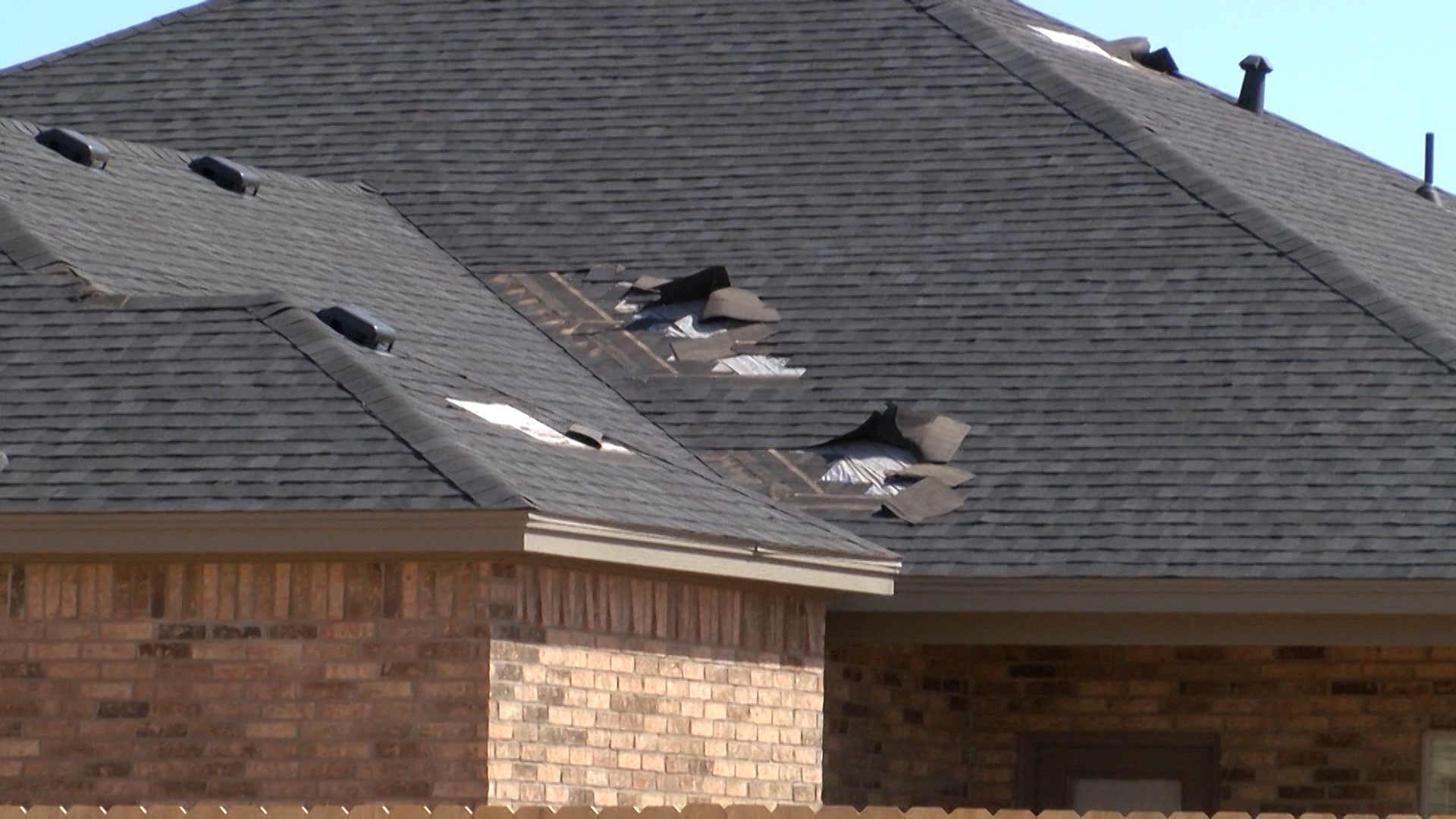LUBBOCK, Texas – It was a year fraught with challenges for cotton growers on the High Plains as early rains in the season set many growers behind in getting fields planted.
A dry summer became the next concern for both dry land and irrigated farmers. Triple digit temperatures in August might have been the reason farmers are now seeing 25 to 30 percent less in yields this season.
BASF Western Region Economic Manager Kenny Melton was surprised and said most growers were caught off guard.
“The bowl count showed that we should have average and above average yields in some places,” Melton said.
Agronomist count seeds when the bowls open on the plant. Fewer seeds means there will be less lint to harvest which explains why bowl weight was lower but the bowl count was higher.
“Most of the bowls had probably already set on the plant, but they were still susceptible to that extreme heat,” Melton said. “It was tough on the plants and they couldn’t sustain as many of those seeds as what was initially pollinated.”
Most farmers are plugging along, but wet weather and windy days have caused some interruptions with harvest.
Growers that use basket strippers have to dump in the wind which can be problematic. Rain can cause discoloration in the cotton called flat spot grades which makes the lint less valuable to the mills.
There may be a silver lining for growers as ending stocks worldwide are lower because of the US which should help drive up prices but at the same time the trade war continues.
Growers who are through harvest are now assessing their financial situation to see if they have made enough to pay off their loans and take care of the infrastructure. Melton describes cotton farmers as avid football fans who are confident their team will get them next year.
“They’re going to be very cost conscious,” Melton said. “They’re going to have to evaluate all their inputs and make sure that their operation is going to provide a good return on investment.”
While the late rainfall was damaging for some of the grades it is helping get moisture back into the soil.
“If we can build up some moisture through the winter and have that available for us next year then certainly that’s a plus,” Melton said. “That can help reduce irrigation costs and help conserve the water that we have in the Oglala.”
















